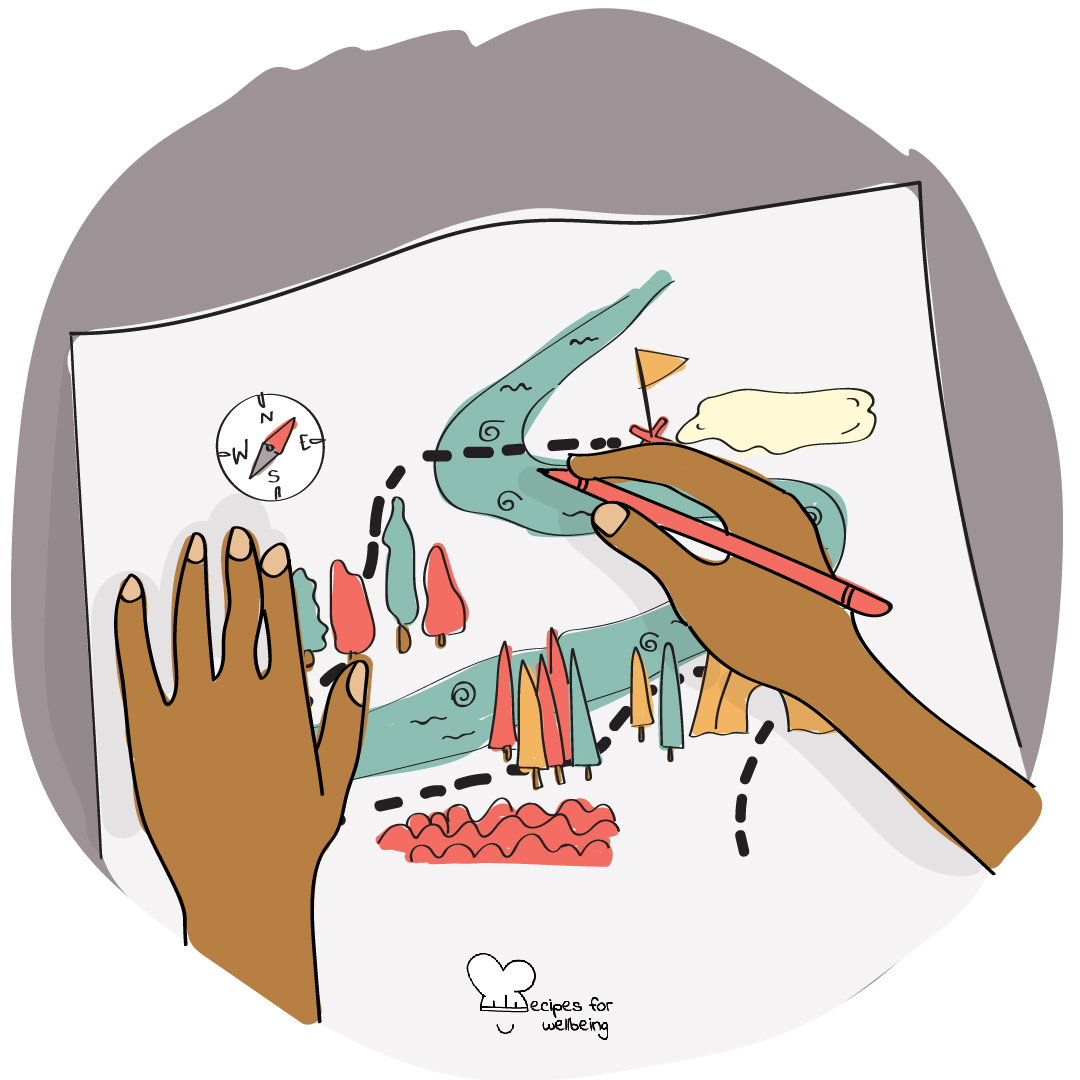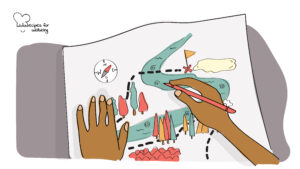
Defying workplace incivility

Defying workplace incivility
I have a box in my living room where I keep all the letters I receive. You may be wondering: who still receives letters in 2020? Well, I do. For the past three years, one of my yearly intentions has been to write a letter a week to a fellow changemaker or friend around the world. From a purely rational point of view, it doesn’t make sense of course: some letters never get to their destinations, many of them do so after months and months of travelling, and whatever I wrote in the letter will most probably be outdated by the time my reader opens it. However, rationality aside, this practice contributes to my wellbeing in several ways:
- First and foremost, it offers me the space to pause from the busyness of everyday life and take a moment to reflect on where I am, and how I am, in that moment.
- Second, because of the “slowness” of the service, it pushes me to share life updates, burning questions, exciting aspirations… that are meaningful to me and that I really want to share with the recipient of the letter.
- Third, it encourages me to create an inviting space where I can ask deep questions for the other person to also open up and share about their life updates, their burning questions, their exciting aspirations…
- And fourth, it gives a more intimate and precious feel to my friendships and connections – something very special in this day and age where everything is public and on social media.
In fact, I must admit that whenever I find a letter in my postbox, I can feel the excitement and curiosity in my body as I walk up the three flights of stairs to my flat with the letter in my hands (unless it is a bank notification or utility bill – those letters usually don’t make it to the third floor). But, whether I receive the response or not, it is the act of writing that is most powerful and transformative.
I hope that sharing a bit more about my experience with writing letters may offer you the extra push you need to take pen and paper, set aside some quiet time, and write to someone you wish to express your gratitude to. This is the wellbeing practice I shared with you in my previous blog post “Wired for connection and belonging” to introduce the interconnectedness between our social relations and our wellbeing. Two weeks ago we started to explore how our connections and relations play a crucial role in fostering our – and other people’s – happiness and wellbeing. Today we continue our exploration of ways to boost our social wellbeing by focusing on our professional lives.
Whether we are in school, at work, or looking for our next step in our professional career, most of us can recall a direct (or indirect) experience with a toxic professional environment. There are many factors that may contribute to toxicity in a professional setting, but let’s look at some of the elements connected to social relations. Workplace incivility, as described by McKinsey & Company, is “the accumulation of thoughtless actions that leave employees feeling disrespected – intentionally ignored, undermined by colleagues, or publicly belittled by an insensitive manager” (McKinsey & Company, 2016). The report mentions contributing factors such as remote working which isolates workers and makes them feel less respected; growing narcissism among young workers; cultural clashes deriving from a more globalised workforce; and communication gaps and misunderstandings through digital means. The impact of workplace incivility affects both the workers and the organisation, in areas such as:
- Lower workplace performance,
- Higher employee turnover,
- Weaker customer experience, and
- Lower levels of trust and collaboration.
Notwithstanding the multiplicity of factors that contribute to workplace incivility, what can we do to reduce workplace toxicity and improve social relations within the workforce? Don’t worry, I won’t suggest you start writing letters to your colleagues and managers. But I will suggest you start from the start, that is, by reviewing the onboarding process in your organisation. What does the onboarding process and structure look like in your organisation? Does it encourage the new colleague to bring their full self to the office? Or does it subtly (or not so subtly) invite them to wear a mask and leave the ‘personal’ outside the office walls? If you are dubious about the concept of bringing our whole selves to work without transforming the workplace into a therapy session, I invite you to listen to the “On Being with Krista Tippett” podcast episode with Jerry Colonna.
Now, if you are looking to improve the onboarding process in your organisation and make it more “wholesome”, this next recipe is for you. It’s called “The life map” and has kindly been shared by our friends at Bridge for Billions who use it in their onboarding process. Basically, it asks you and your team members to draw a visual timeline of the important events of your life, both personal and professional. The invitation is then to share your timeline with your team members, so that you may introduce yourself to them and at the same time discover their journeys. This activity fosters reflection and self-awareness (towards your own journey), openness and trust (towards your team members), and a sense of connection and belonging (towards your organisation). If you end up trying it in your teams, let me know how it goes!
You can access the full guidelines here. The theme for the next month is Mindful March so the next blog post will look at how you can manage your stress through mindfulness. This blog post was originally written by Greta Rossi for tbd* – click here to view the original post.

